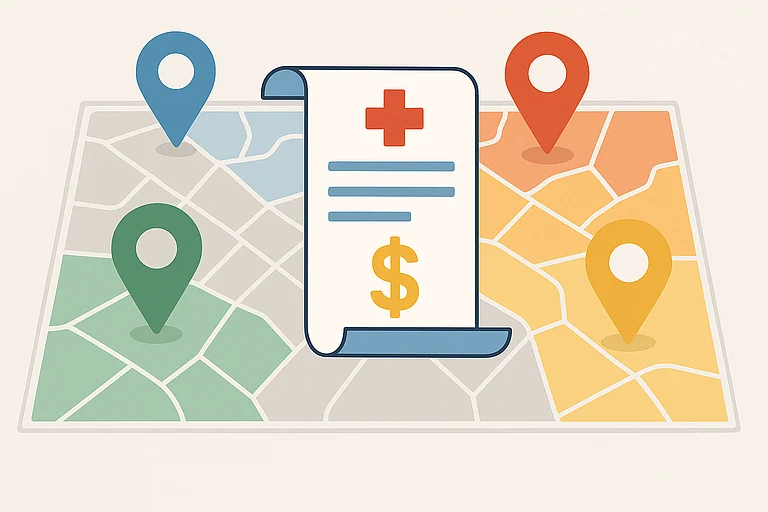Medical tourism in India is not new, but what has changed recently is who's coming in and why. A recent report from Policybazaar shows a sharp rise in NRIs returning home for medical care, and this trend is not just anecdotal. The data suggests a 150 per cent jump in health insurance uptake among NRIs over the past year.
Behind the numbers lies a mix of affordability, growing trust in India's medical infrastructure, and the comfort of being closer to family during a health crisis.
The Cost Gap
The report noted that medical procedures in India are significantly cheaper than in countries like the US, UK, or the Gulf. A heart bypass surgery that can cost upwards of $100,000 in the US is available for around $5,000 to $8,000 in India. Similarly, for other critical and basic surgeries like Knee replacements, liver transplants, kidney surgeries, across the board, NRIs are saving 60 per cent to 90 per cent by choosing to get treated in India.
Average claims for NRIs range from $2,000 to $15,000 for standard surgeries. For more complex ones, it could go up to $40,000. Still, this amounts to a fraction of what they would be billed abroad.
Health Insurance Is Cheaper
Premiums in India are far more affordable when it comes to buying and maintaining a health plan. A basic policy here might cost $120 to $300 a year. In comparison, health insurance in the US can easily go beyond upwards of $8,000 annually. In the Gulf, it is between $4,000 and $5,000. That cost gap is making Indian health insurance appealing, not just for NRIs themselves but also for their parents back home.
There's been a steady rise in interest as well, the report states that search terms like "health insurance India for NRIs" and "best insurance for parents in India" have climbed sharply, especially from the UAE, UK, and the US.
Moreover, the growth is not just among older people. The report points to a 125 per cent surge among NRI women and a 148 per cent increase in those under 35. Younger NRIs seem more proactive in buying coverage and planning treatment for their family.
Treatment Without the Wait
For many, long wait times in Western public health systems can be frustrating. In India, particularly in private hospitals, treatment tends to move quickly. From diagnosis to surgery, things are faster and more streamlined, the report states. This makes a big difference when they are dealing with something time-sensitive or emotionally exhausting.
The report notes that hospitals like AIIMS, Apollo, and Tata Memorial are leading the way, offering not just medical expertise but systems that are built to handle overseas patients smoothly.
More Claims Coming from Smaller Cities
One of the more surprising findings from the report is the rise in NRI health claims in Tier-3 cities. Nearly half of all such claims now come from these smaller towns, many tied to policies bought for ageing parents. It is also a reflection of improved healthcare access outside the big metros.
In terms of treatment reasons, infectious diseases and respiratory conditions top the list. Cancer, heart ailments, and gastrointestinal issues follow. Southern cities dominate across all tiers when it comes to preferred treatment destinations, but Mumbai, Pune, and Thane are seeing significant numbers too.
Support on the Ground
The spike in NRIs seeking medical treatment in India also has a softer, more culturally inclined side of decision-making. Being treated in a country where they understand the language, can eat familiar food, and have family around, even if only for post-op support, matters. Several insurers are now offering on-ground services in India specifically designed for NRIs, including help with travel, appointments, and even aftercare.
And for long-term conditions like diabetes or high blood pressure, medicine costs are significantly lower here. A vial of insulin, for example, can cost as little as $1 in India. In the US, it might be $100 or more.
Moreover, much of this development is unfolding alongside the government's "Heal in India" push, which aims to make the country a global destination for medical care. The medical tourism sector is already worth billions and could touch $13 billion by 2026.














